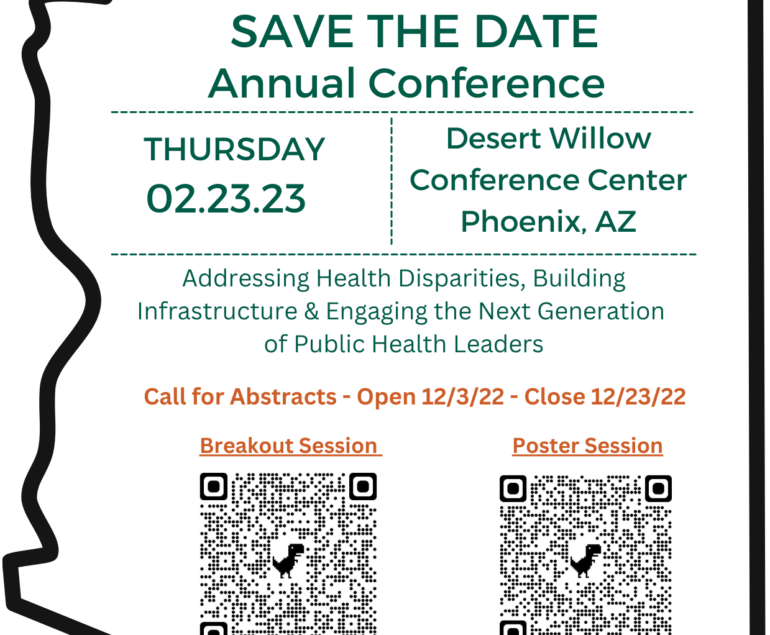As I mentioned above, the U.S. Preventive Services Task Force this week put out their final recommendation statement on preexposure prophylaxis (PrEP) for the prevention of HIV infection. The Task Force found that clinicians should offer PrEP to persons at high risk for HIV.
The task force found convincing evidence that PrEP is of substantial benefit in decreasing the risk of HIV infection in persons at high risk of HIV acquisition. They conclude that PrEP is associated with small harms, including kidney and gastrointestinal adverse effects and that (with high certainty) the benefit of PrEP (with oral tenofovir disoproxil fumarate–based therapy) is substantial. They classified it as a Category A intervention.
The final recommendation statement can also be found in the June 11 issue of JAMA. The impact of the Category A recommendation is important because PrEP will now be included (at no cost to consumers) in Qualified Health Plans offered on the Marketplace. In addition, many employer-based and state Medicaid programs routinely cover Category A & B services once they’re recommended by the USPSTF.
This week there was an article in the American Journal of Public Health that makes an argument that pharmacists should have a role in HIV prevention related to preexposure prophylaxis (PrEP), postexposure prophylaxis (PEP), and HIV testing and harm reduction.
The authors make a compelling case that, because PrEP and PEP require a prescription, control of the epidemic face hurdles like limited network capacity, physician shortages, and other access to care barriers. They argue that pharmacists are an untapped resource that are more easily accessible and available without appointment. Also, because pharmacies and pharmacists aren’t linked to specific health conditions, the setting is considered largely free of HIV-related stigma.
Of course, expanding into this role would require pharmacists to work within each jurisdiction’s scope of practice laws and policies, ensure HIV literacy through pharmacist training programs and continuing education courses and building infrastructures for billing and reimbursement, and health information technology.
Interesting idea for sure.
